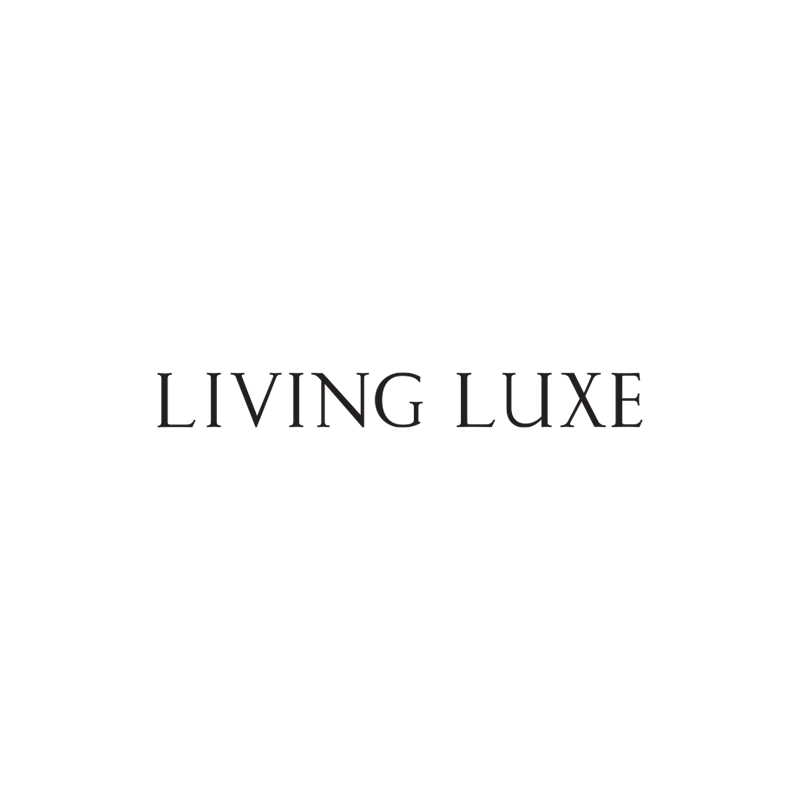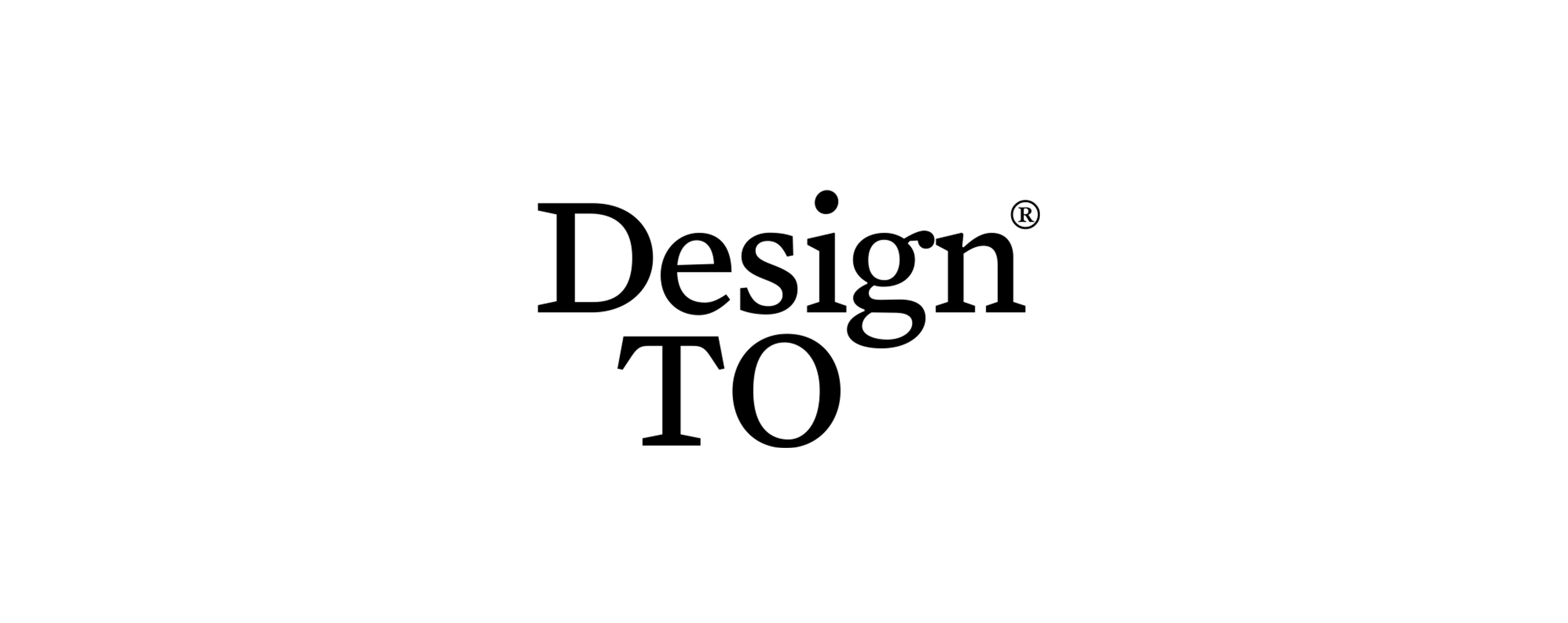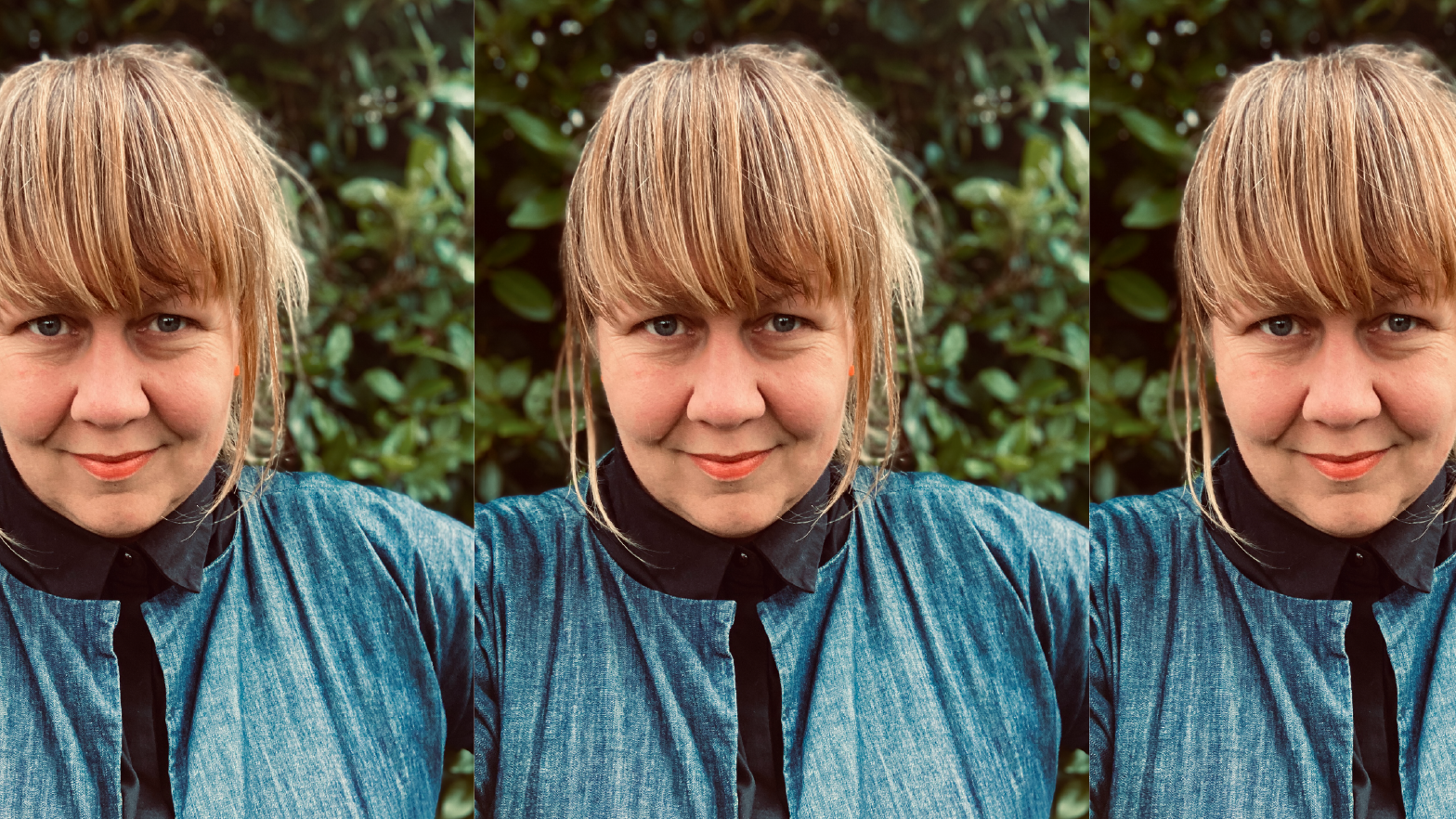

Designer, researcher, and educator Judith van den Boom embraces change and evolution in her career.
How would you describe your profession and your practice?
My approach to design is driven by a deep passion for working within ecosystems, fostering networks that design and cultivate new symbiotic relationships with the ecosystems that we are part of. As a designer, researcher, and course leader for the MA Regenerative Design at Central Saint Martins (UK), my main focus has always been place-based work, whether locally or inter-local, connecting around the globe – being in the field allows us to be present, and learn instead of project design ideas, it connects us with the knowledge, voices, skills, communities, and species that are part of place.
Design is not an individual practice, but a collective endeavor to propose, build, and imagine our world in a more interconnected way. Everything is connected, and while this interconnectedness can be overwhelming at times, designers need to evolve the navigational tools to embed complexity and relationality at the core of our work.
Forging connections between people, places, and disciplines – particularly between ecology and design – has been a key driver of my practice, in both my professional work and in education. Connections occur by doing fieldwork on site, working and collaborating with partners and co-researchers within various ecosystems, and supporting our students around the globe.
Has your work changed over the course of your career?
Change is one of the beautiful aspects of natural systems, life, and learning. As I have grown to understand, learn, and practice within the complexity of the world, so has my practice evolved. Before I studied design in my early twenties, I grew up in the countryside and was trained in horticulture. The ecological interest was always there. Design education evoked the key aspect of the transformational capacity of imagination – proposing and probing other ways of seeing and doing.
I always questioned design, my role as a designer, and the practice it was tied to. Over the last 20 years, that questioning has shaped me into who I am today. My love for zooming out to see how we are part of an ecosystem – and understanding the role of design – has only deepened. I came into design through a material practice, which taught me so much about being human and being part of our environments. Now, this understanding is connected to a more holistic, systems-thinking level. I see design as a relational practice, where the product is more than just the object. Rather, design has become a vehicle to restore and propose new relationships through a wider variety of works.
What was your “eureka!” moment that made you realize that art/design was the route you wanted to take?
I think there was not one ‘eureka’ moment. Rather, I see it as a positive energy that continuously affirms itself when I see others and myself grow, learn, and engage through our creative and transformative capabilities. Whether we are engaging with the work as public, as makers, creators, students or mere being human. It confirms that I am on the path I need to be on, the creative field has the capacity to propose new dimensions. Don’t resign to how we do things now. The world is filled with wonder when we activate it. This continuous hope and positive energy come from the people and places I work with. This relational capacity and resonance, which can expand and amplify, is just pure joy.
Is your work inspired by anything in particular? What turns you on creatively?
Baseline for me is the continuous learning from the natural world, the baseline of life and knowledge. It is a complex, and unpredictable partner, and we are part of it, we only know so much of the world so it constantly challenges my learning, thinking, and practice.
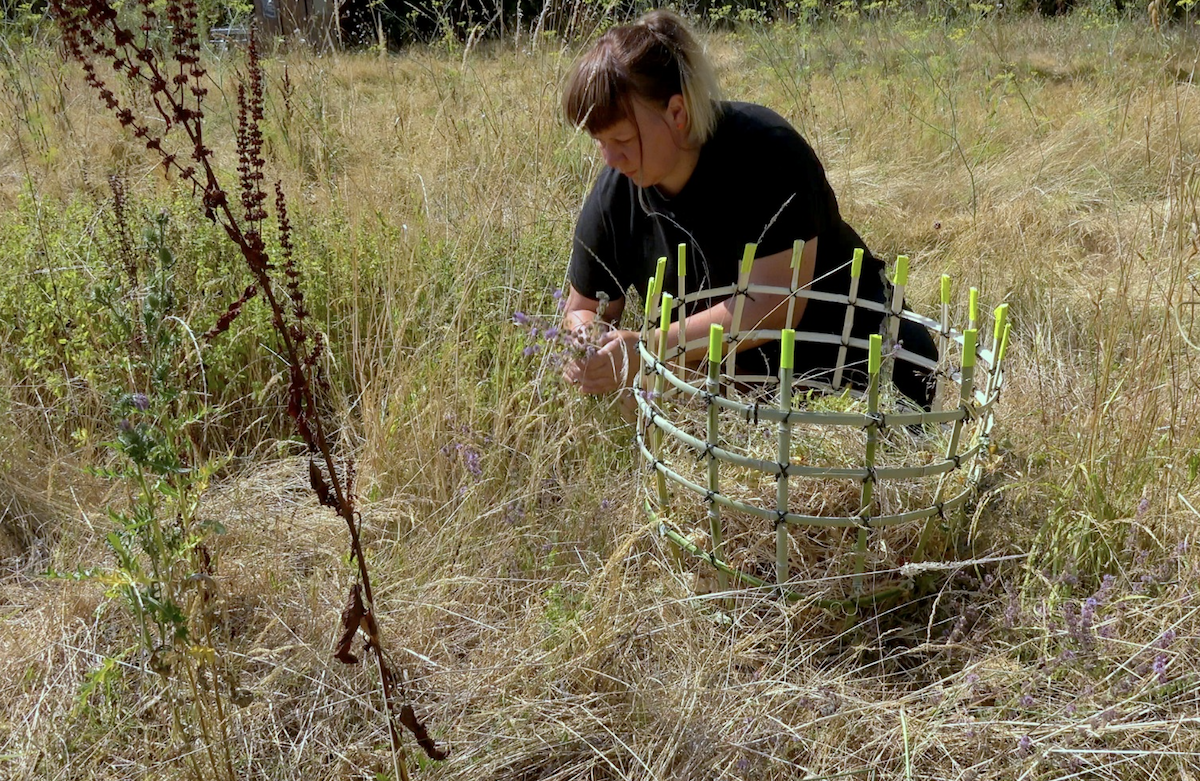
Which designers or artists inspire you and why?
I think my biggest inspiration comes from the people and places that have crossed through my life during my journey in design. It’s important to recognize that we all have these pivotal learning moments which may seem insignificant at the time but ultimately contribute to our growth. These moments often stem from the people in our lives, whether through active relationships, or the things we read or listen to. For me, inspiration isn’t confined to a single practice but rather comes from the broad spectrum of life itself
Aldo Leopold, book: Land Ethics. “We abuse land because we regard it as a commodity belonging to us. When we see land as a community to which we belong, we may begin to use it with love and respect.”
Ezio Manzini, book: Politics of the Everyday. “Refusing the resignation to what-is and coming to equal necessity and urgency for developing new models of the possible and presenting new modes of thought.”
Manfres Max-Neef, book: Barefoot Economics. “We have to learn to stand in the mud.” As designers we need to learn to be in the mud, be present; we can’t propose relations when we are not part of them and understand them.
What is the name of the DesignTO Project you’re exhibiting in and what is the name of the piece you are sharing?
I am speaking at ‘DesignTO Talks: Net Positive,’ where a group of designers and practices will share the work we do and create discourse. It is a connected hope to establish an active network of Canadian designers and ecologists to work more together, so creative designers who are interested in ecosystems do connect!
If you’re interested, please connect and join the talks in Toronto on January 31. Additionally, we’re hosting an online event on Saturday, February 1, where I’ll moderate a discussion with designers and artists to delve deeper into ecosystem practices. This is important so we can reach out beyond the city of Toronto and allow people all over North America to join and we can see what blueprint appears.
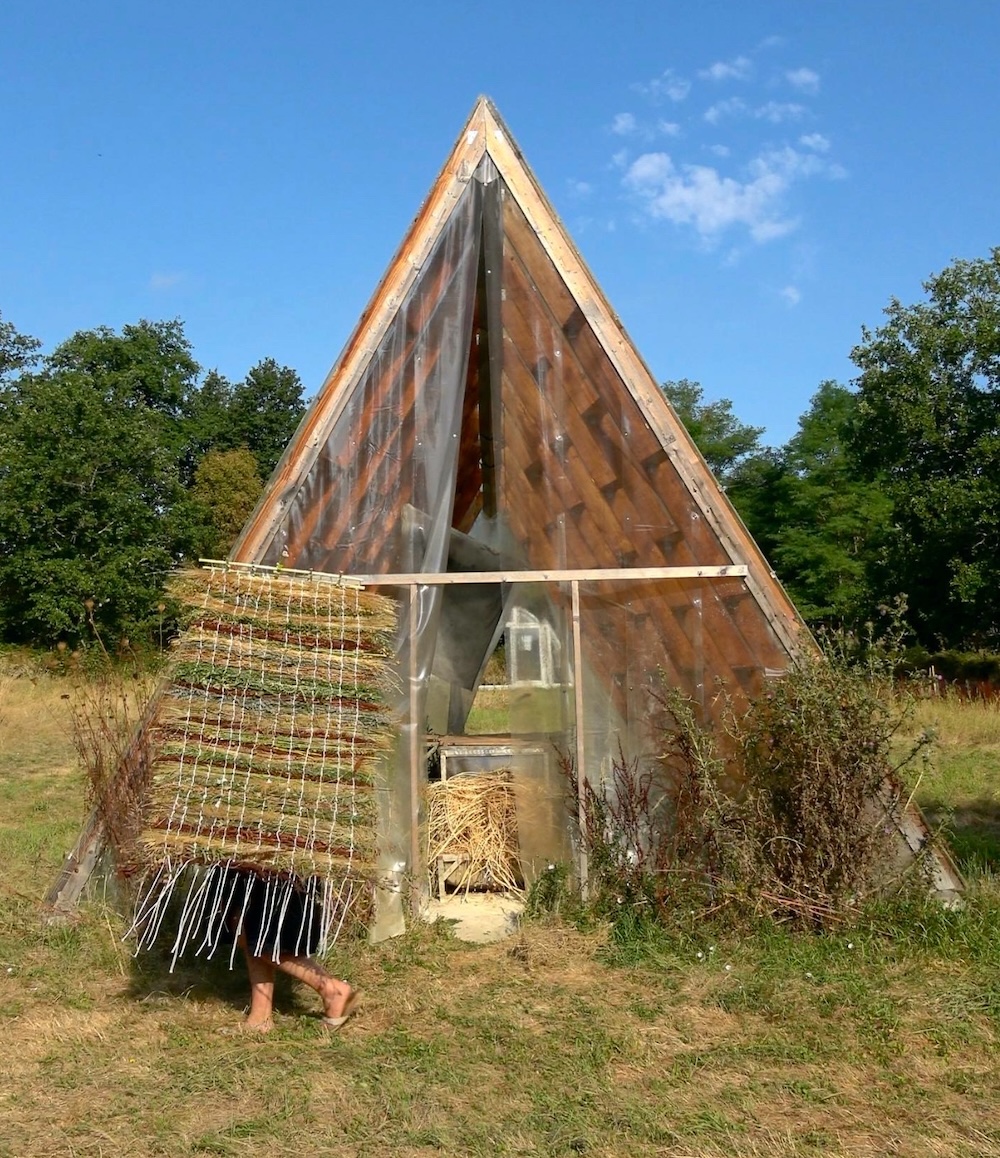
How long have you been involved with DesignTO? Do you have any memories from past DesignTO Festivals you want to share?
This is my first year getting involved, and that’s exciting. Although my bond with Canada has been strong for many years, and I’ve worked here, it’s great to actually join and meet the design community in place during DesignTO.
As DesignTO gets ready to celebrate its 15th birthday, why do you think it’s important to the creative community, here as well as abroad?
I am a foreigner participating in DesignTO (a Dutch designer based in the UK), and I believe we truly need to foster inter-local communities. Working with people from around the world brings me immense joy, especially in seeing how they engage with and contribute to their unique environments. Being part of DesignTO allows me to connect on the ground, building new relationships and collaborations.
It’s equally important to acknowledge that not everyone can travel to attend in person. I’m grateful that we also have the opportunity to host online events, which enable us to reach further into the field and learn from what is happening in different places.
Canada has so much to offer – it brings together a diversity of people, ecosystems, skills, and practices. This is something worth celebrating.
Lastly, what random fact about yourself would you like to share with the DesignTO community?
I am a garden geek, growing veg and experimenting with growing methods and heritage seeds, and exchanging them. There’s so much to learn from our soil systems!



















